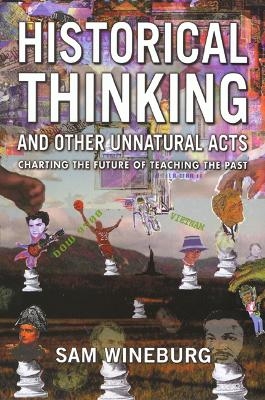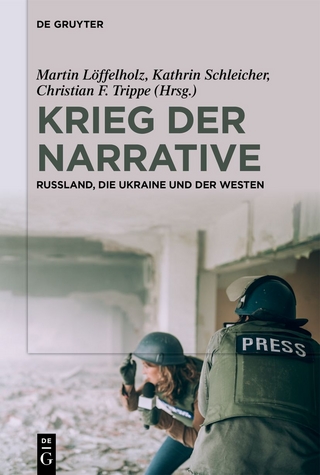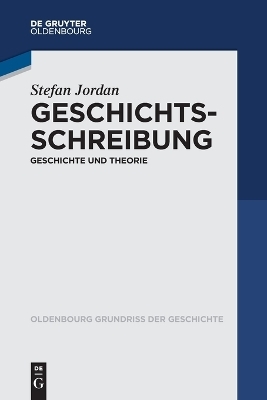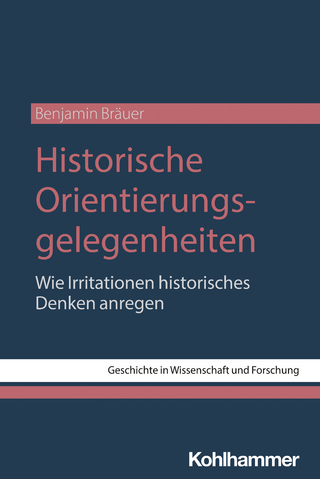
Historical Thinking
Temple University Press,U.S. (Verlag)
978-1-56639-856-5 (ISBN)
Since ancient times, the pundits have lamented young people's lack of historical knowledge and warned that ignorance of the past surely condemns humanity to repeating its mistakes. In the contemporary United States, this dire outlook drives a contentious debate about what key events, nations, and people are essential for history students. Sam Wineburg says that we are asking the wrong questions. This book demolishes the conventional notion that there is one true history and one best way to teach it. Although most of us think of history -- and learn it -- as a conglomeration of facts, dates, and key figures, for professional historians it is a way of knowing, a method for developing and understanding about the relationships of peoples and events in the past. A cognitive psychologist, Wineburg has been engaged in studying what is intrinsic to historical thinking, how it might be taught, and why most students still adhere to the /u0022one damned thing after another/u0022 concept of history.
Whether he is comparing how students and historians interpret documentary evidence or analyzing children's drawings, Wineburg's essays offer /u0022rough maps of how ordinary people think about the past and use it to understand the present./u0022 Arguing that we all absorb lessons about history in many settings -- in kitchen table conversations, at the movies, or on the world-wide web, for instance -- these essays acknowledge the role of collective memory in filtering what we learn in school and shaping our historical thinking.
Same Wineburg is Professor of Cognitive Studies in Education and Adjunct Professor of History at the University of Washington, Seattle.
Introduction: Understanding Historical Understanding Part I: Why Study History? 1. Historical Thinking and Other Unnatural Acts 2. The Psychology of Teaching and Learning History Part II: Challenges for the Student 3. On the Reading of Historical Texts: Notes on the Breach Between School and Academy 4. Reading Abraham Lincoln: A Case Study in Contextualized Thinking 5. Picturing the Past Part III: Challenges for the Teacher 6. Peering at History Through Different Lenses: The Role of Disciplinary Perspectives in Teaching History 7. Models of Wisdom in the Teaching of History 8. Wrinkles in Time and Place: Using Performance Assessments to Understand the Knowledge of History Teachers Part IV: History as National Memory 9. Lost in Words: Moral Ambiguity in the History Classroom 10. Making (Historical) Sense in the New Millennium
| Erscheint lt. Verlag | 11.5.2001 |
|---|---|
| Reihe/Serie | Critical Perspectives On The P |
| Verlagsort | Philadelphia PA |
| Sprache | englisch |
| Maße | 152 x 229 mm |
| Themenwelt | Geisteswissenschaften ► Geschichte ► Geschichtstheorie / Historik |
| Geisteswissenschaften ► Psychologie ► Allgemeine Psychologie | |
| Geisteswissenschaften ► Psychologie ► Verhaltenstherapie | |
| Sozialwissenschaften ► Pädagogik | |
| ISBN-10 | 1-56639-856-8 / 1566398568 |
| ISBN-13 | 978-1-56639-856-5 / 9781566398565 |
| Zustand | Neuware |
| Haben Sie eine Frage zum Produkt? |
aus dem Bereich


